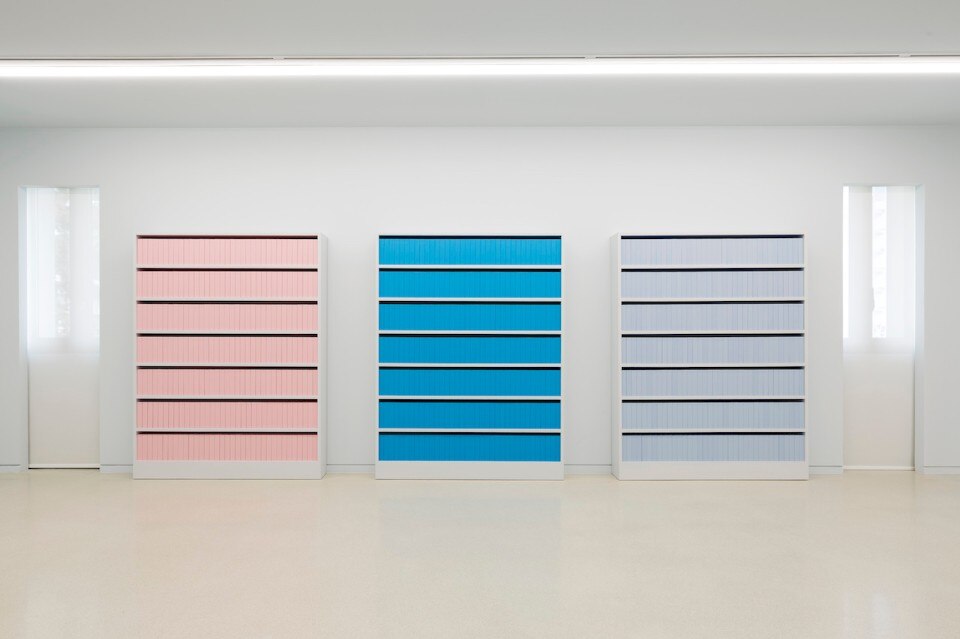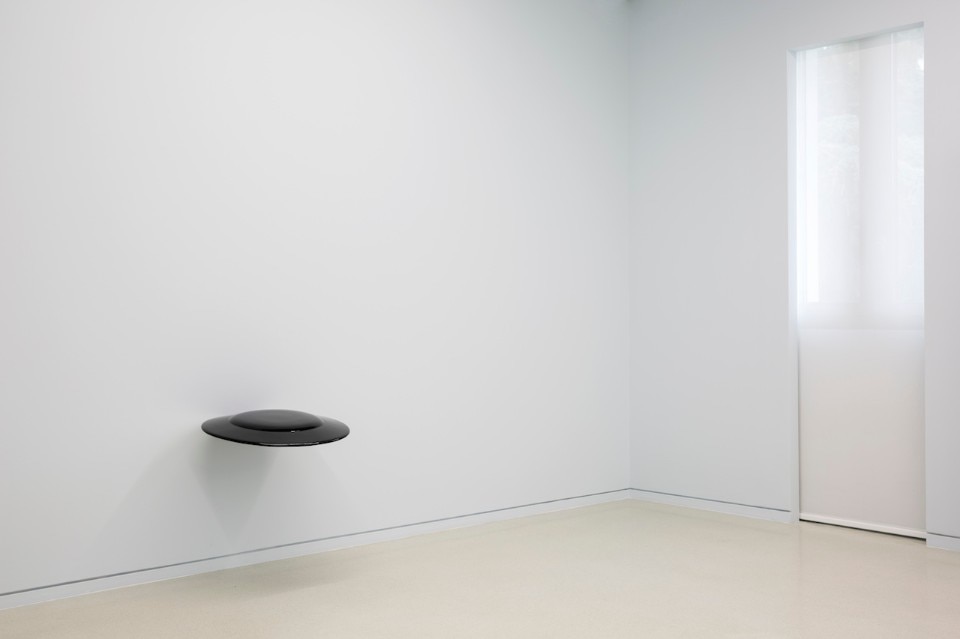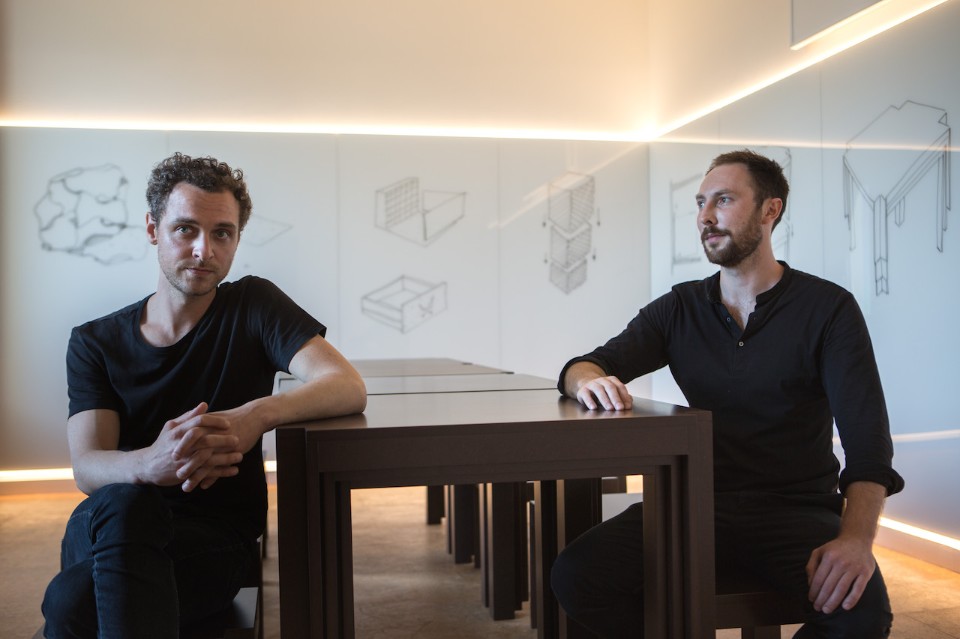On the occasion of the opening of a new space for educational activities created by Studio Quetzal in Villa Paloma, we met with the director of the Nouveau Musée National de Monaco. Over the last few decades, Marie-Claude Beaud, a crucially important figure in the cultural activities of many French institutes, has played a fundamental role in the promotion of – and contamination between – architecture, design and art.
Discussing her work allowed us to understand the daily experience of the exhibition spaces and the relationship with important architects, and to have a glimpse of the future evolution of the Monaco museum, from the involvement of Renzo Piano in the future expansion of the sites to the relationships with other centres of design in the south of France, to the reasoning behind the two exhibitions currently under way and curated by Cristiano Raimondi, which focus on two representatives of contemporary Italian Art: the artist Ettore Spalletti and the collector Fabrizio Moretti.
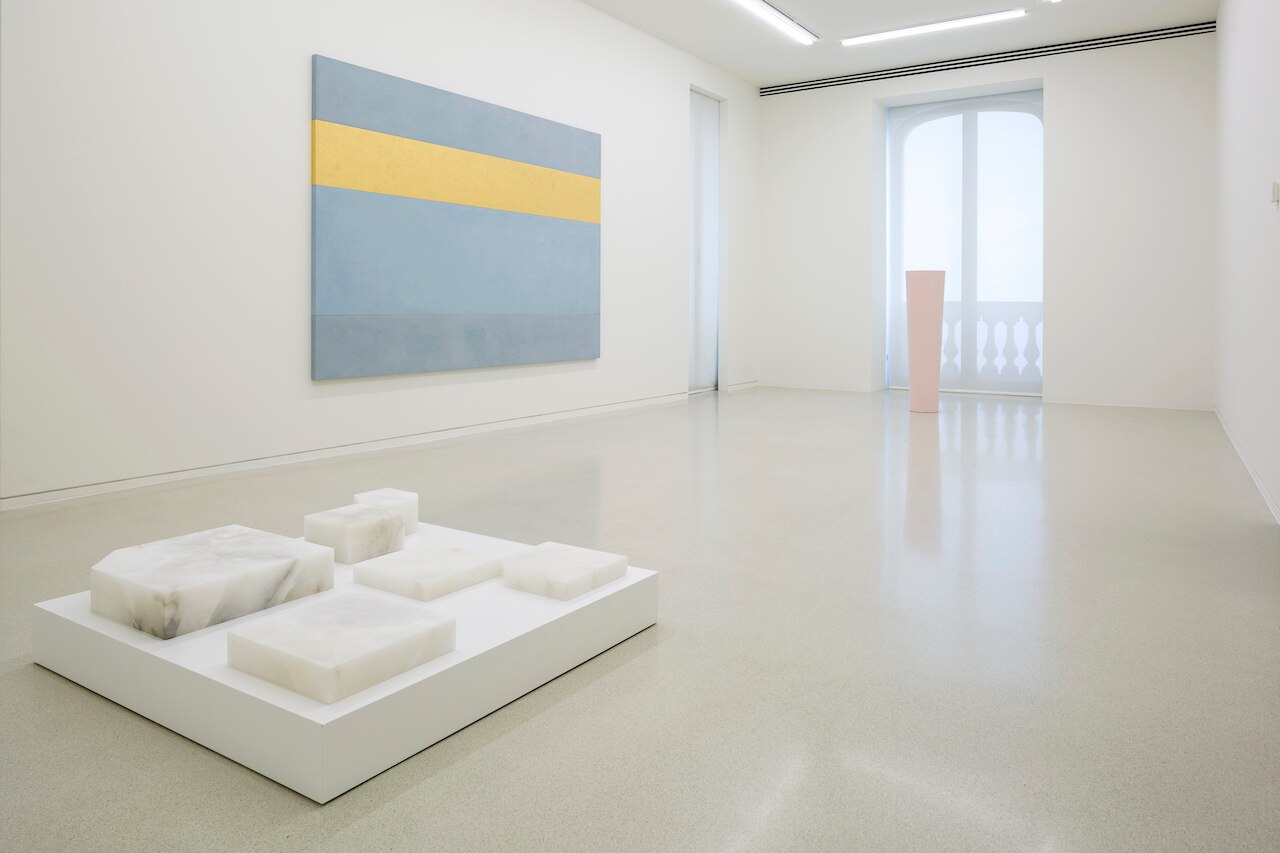
 View gallery
View gallery
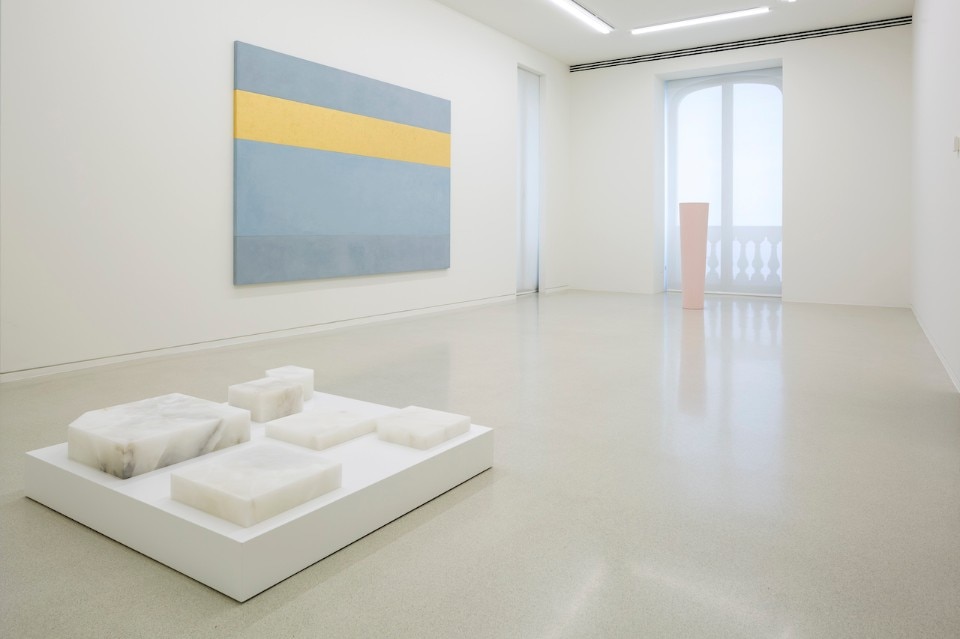
Ettore Spalletti
Vista dell’esposizione di Ettore Spalletti Ombre d’azur, transparence, Nouveau Musée National de Monaco – Villa Paloma, 18.04-03.11.2019
Foto Werner Hannappel, VG-Bildkunst Bonn 2019
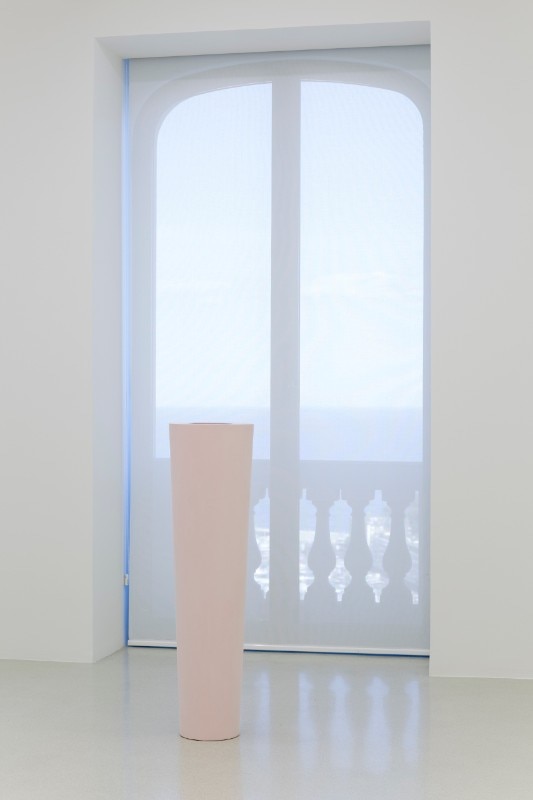
Ettore Spalletti
Vista dell’esposizione di Ettore Spalletti Ombre d’azur, transparence, Nouveau Musée National de Monaco – Villa Paloma, 18.04-03.11.2019
Foto Werner Hannappel, VG-Bildkunst Bonn 2019
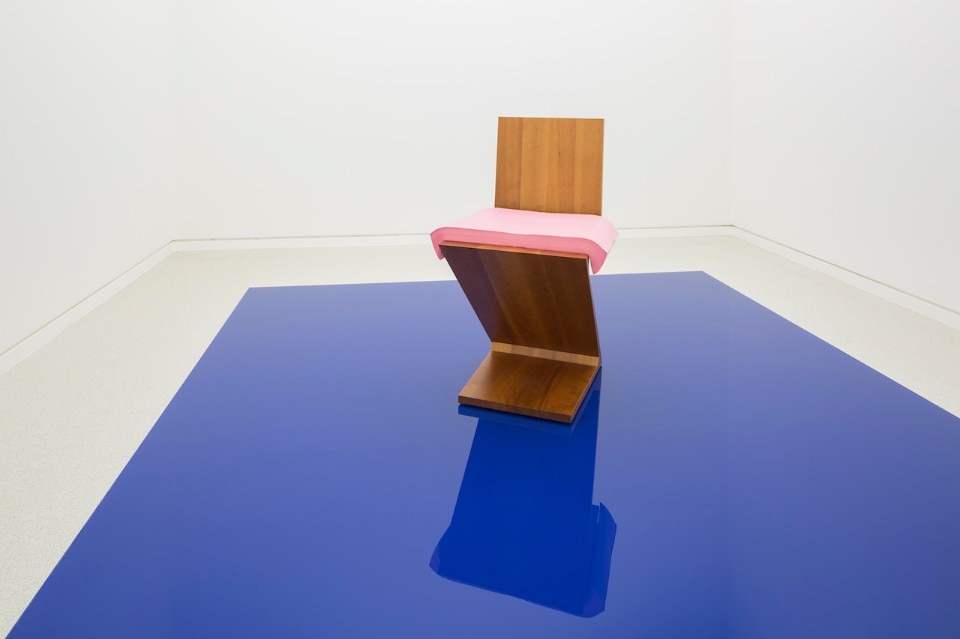
Ettore Spalletti
Vista dell’esposizione di Ettore Spalletti Ombre d’azur, transparence, Nouveau Musée National de Monaco – Villa Paloma, 18.04-03.11.2019
Foto Werner Hannappel, VG-Bildkunst Bonn 2019
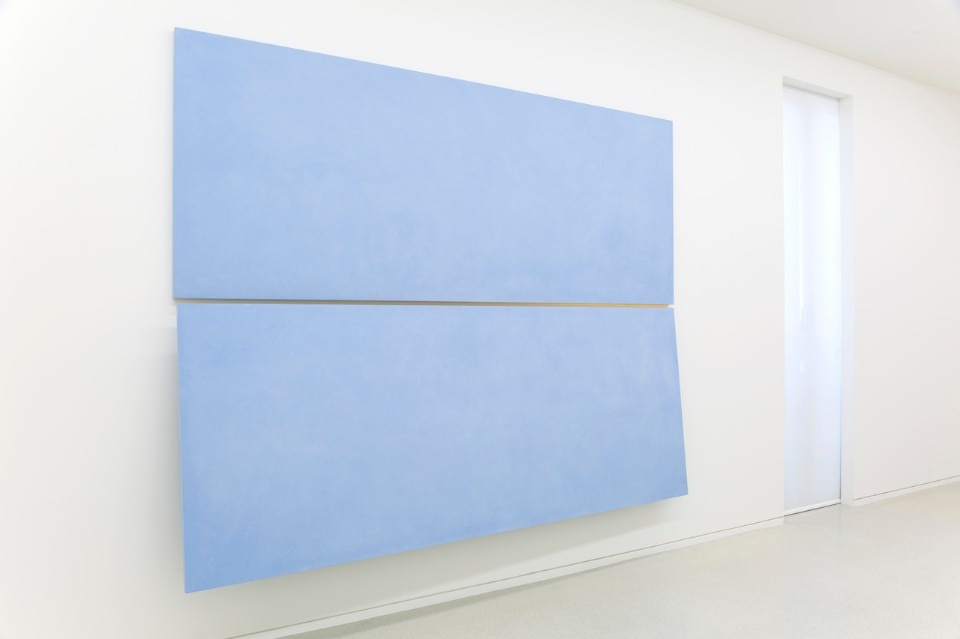
Ettore Spalletti
Vista dell’esposizione di Ettore Spalletti Ombre d’azur, transparence, Nouveau Musée National de Monaco – Villa Paloma, 18.04-03.11.2019
Foto Werner Hannappel, VG-Bildkunst Bonn 2019
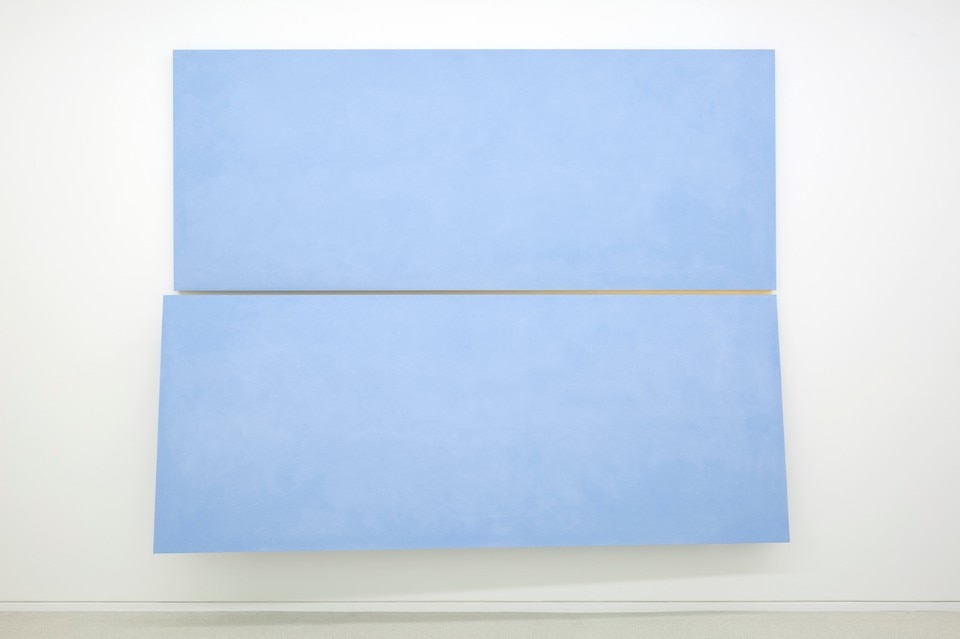
Ettore Spalletti
Vista dell’esposizione di Ettore Spalletti Ombre d’azur, transparence, Nouveau Musée National de Monaco – Villa Paloma, 18.04-03.11.2019
Foto Werner Hannappel, VG-Bildkunst Bonn 2019
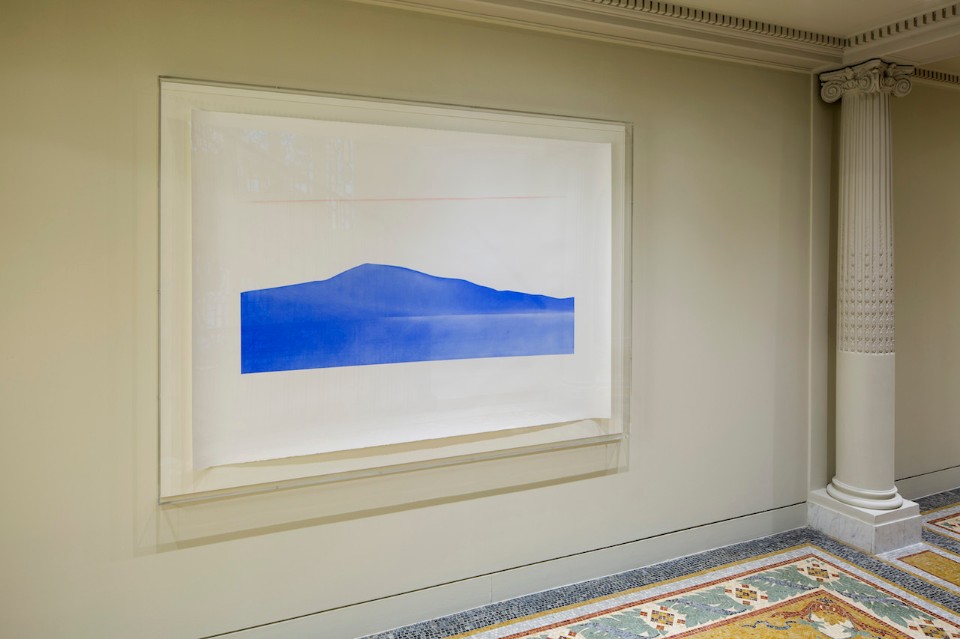
Ettore Spalletti
Vista dell’esposizione di Ettore Spalletti Ombre d’azur, transparence, Nouveau Musée National de Monaco – Villa Paloma, 18.04-03.11.2019
Foto Werner Hannappel, VG-Bildkunst Bonn 2019

Ettore Spalletti
Vista dell’esposizione di Ettore Spalletti Ombre d’azur, transparence, Nouveau Musée National de Monaco – Villa Paloma, 18.04-03.11.2019
Foto Werner Hannappel, VG-Bildkunst Bonn 2019
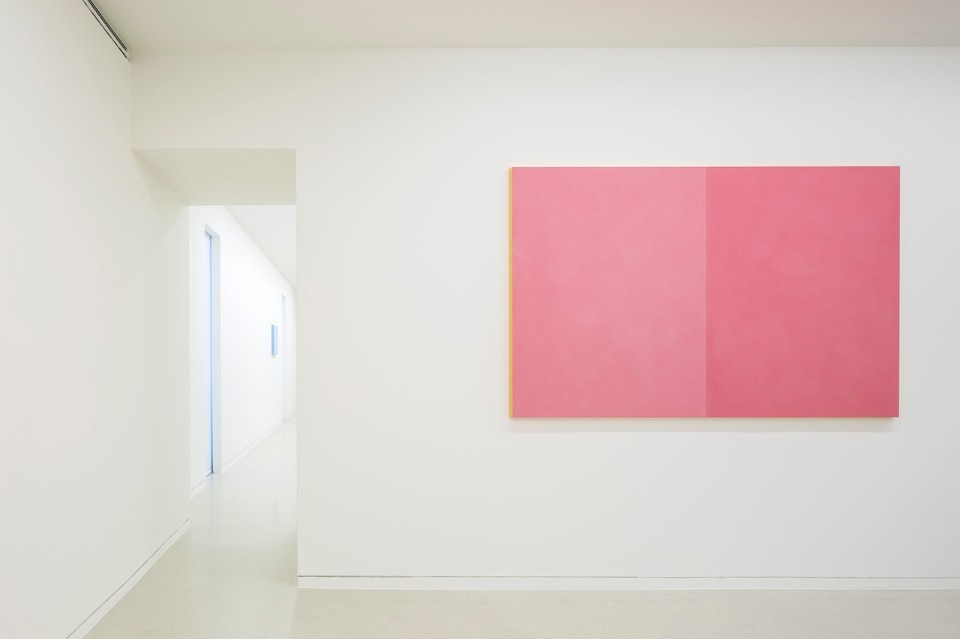
Ettore Spalletti
Vista dell’esposizione di Ettore Spalletti Ombre d’azur, transparence, Nouveau Musée National de Monaco – Villa Paloma, 18.04-03.11.2019
Foto Werner Hannappel, VG-Bildkunst Bonn 2019
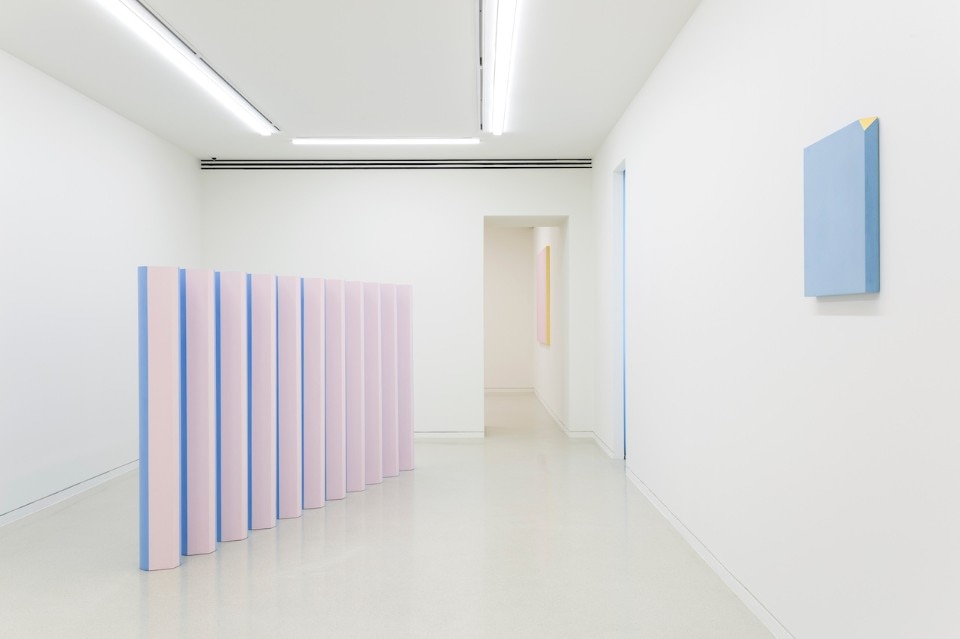
Ettore Spalletti
Vista dell’esposizione di Ettore Spalletti Ombre d’azur, transparence, Nouveau Musée National de Monaco – Villa Paloma, 18.04-03.11.2019
Foto Werner Hannappel, VG-Bildkunst Bonn 2019
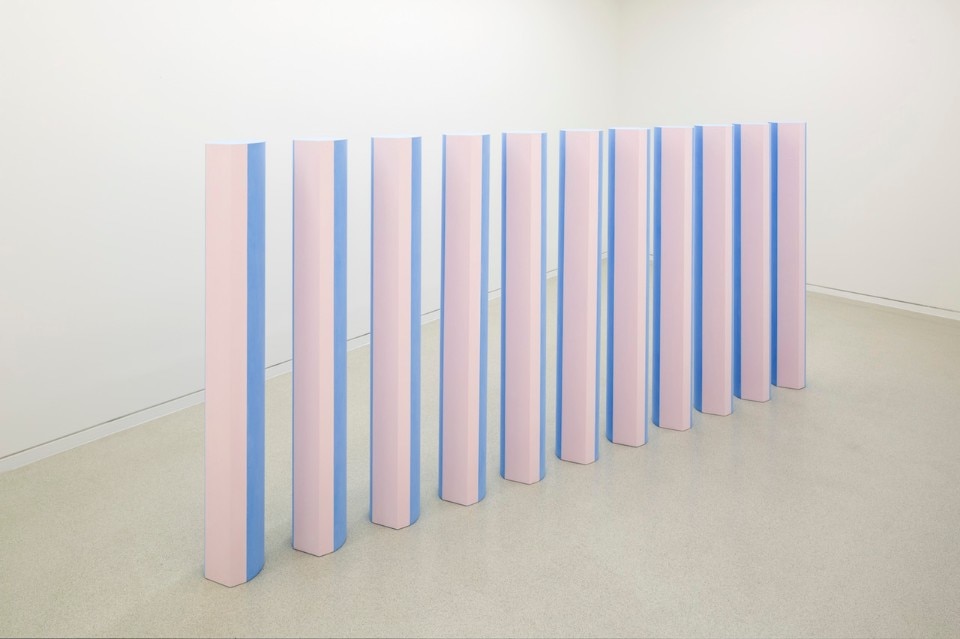
Ettore Spalletti
Vista dell’esposizione di Ettore Spalletti Ombre d’azur, transparence, Nouveau Musée National de Monaco – Villa Paloma, 18.04-03.11.2019
Foto Werner Hannappel, VG-Bildkunst Bonn 2019
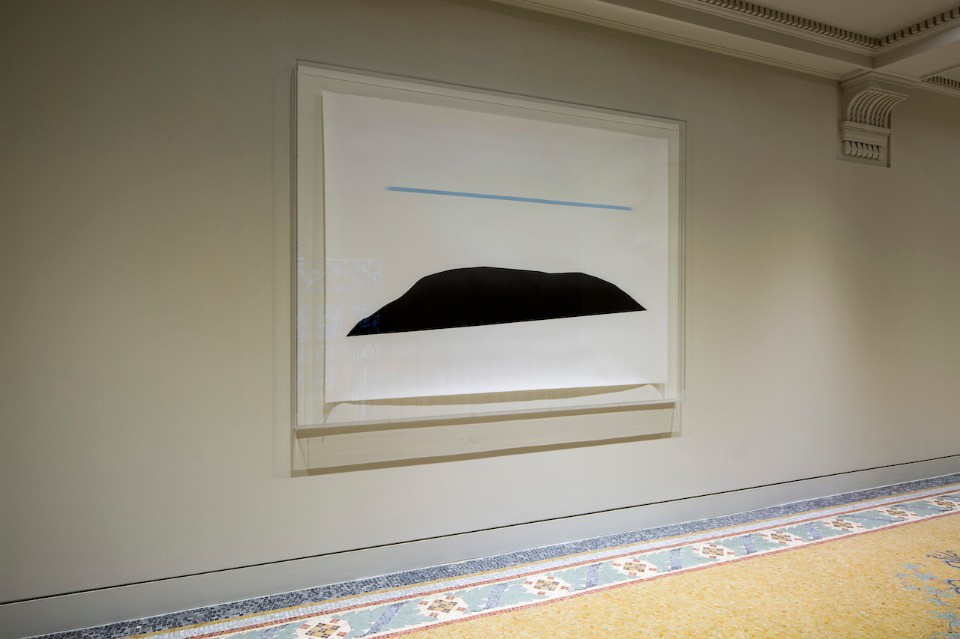
Ettore Spalletti
Vista dell’esposizione di Ettore Spalletti Ombre d’azur, transparence, Nouveau Musée National de Monaco – Villa Paloma, 18.04-03.11.2019
Foto Werner Hannappel, VG-Bildkunst Bonn 2019
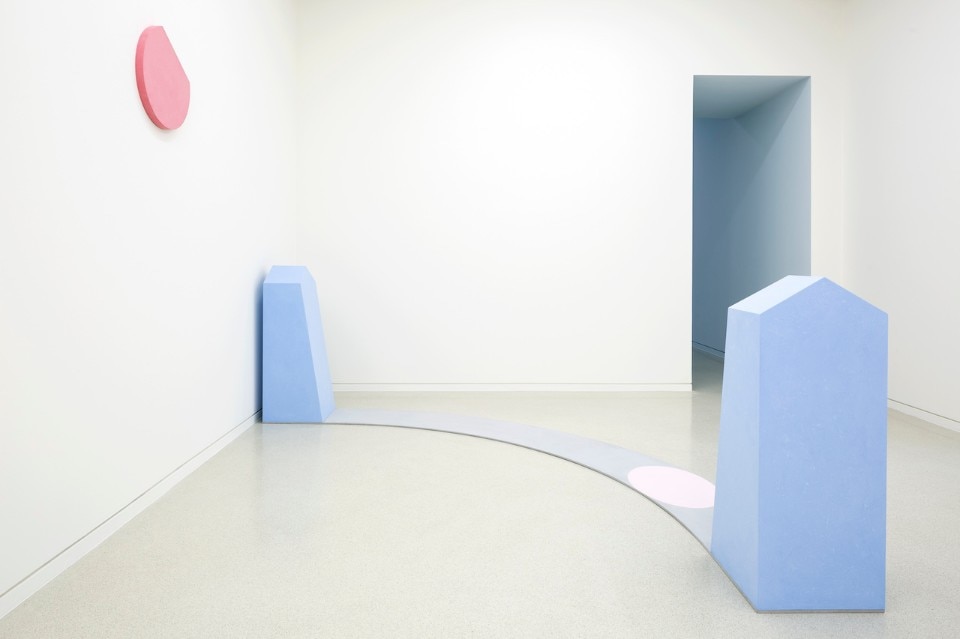
Ettore Spalletti
Vista dell’esposizione di Ettore Spalletti Ombre d’azur, transparence, Nouveau Musée National de Monaco – Villa Paloma, 18.04-03.11.2019
Foto Werner Hannappel, VG-Bildkunst Bonn 2019
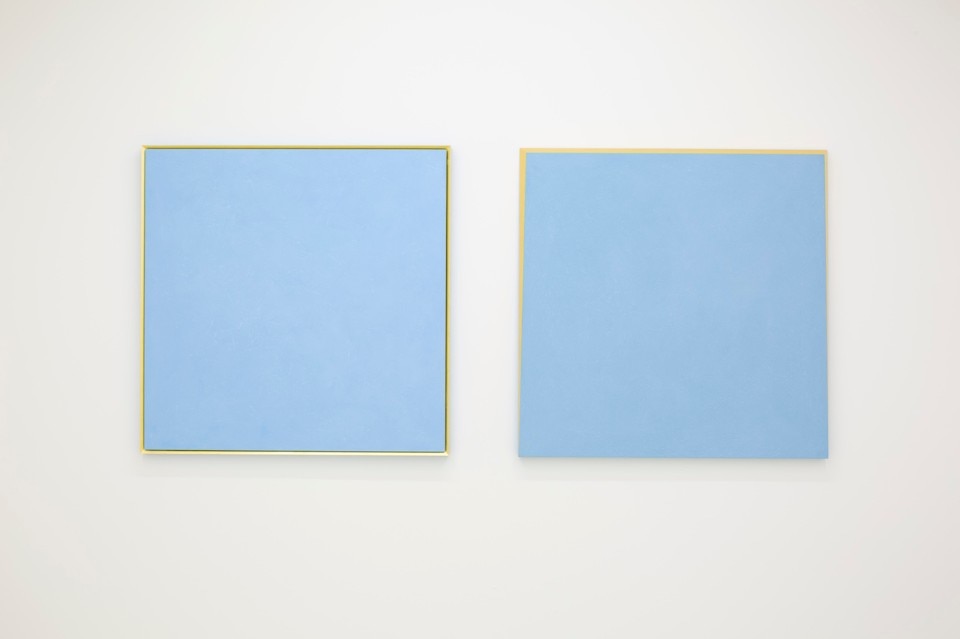
Ettore Spalletti
Vista dell’esposizione di Ettore Spalletti Ombre d’azur, transparence, Nouveau Musée National de Monaco – Villa Paloma, 18.04-03.11.2019
Foto Werner Hannappel, VG-Bildkunst Bonn 2019
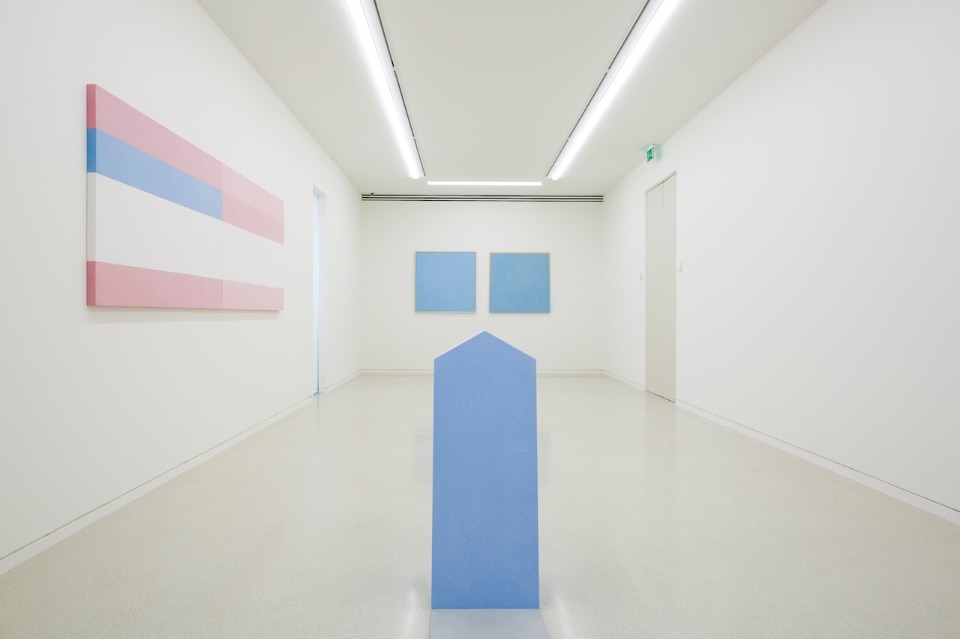
Ettore Spalletti
Vista dell’esposizione di Ettore Spalletti Ombre d’azur, transparence, Nouveau Musée National de Monaco – Villa Paloma, 18.04-03.11.2019
Foto Werner Hannappel, VG-Bildkunst Bonn 2019
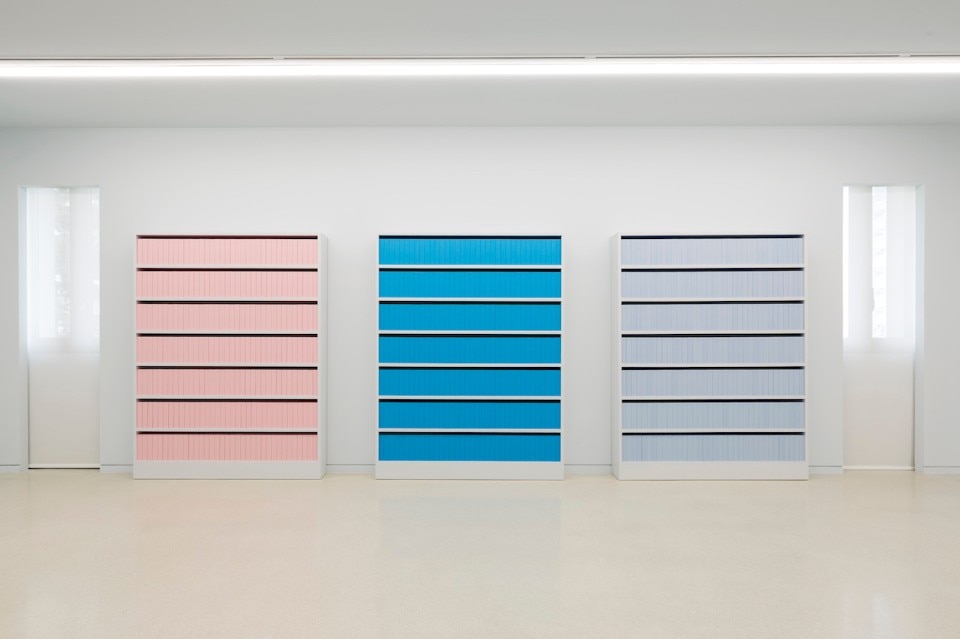
Ettore Spalletti
Vista dell’esposizione di Ettore Spalletti Ombre d’azur, transparence, Nouveau Musée National de Monaco – Villa Paloma, 18.04-03.11.2019
Foto Werner Hannappel, VG-Bildkunst Bonn 2019
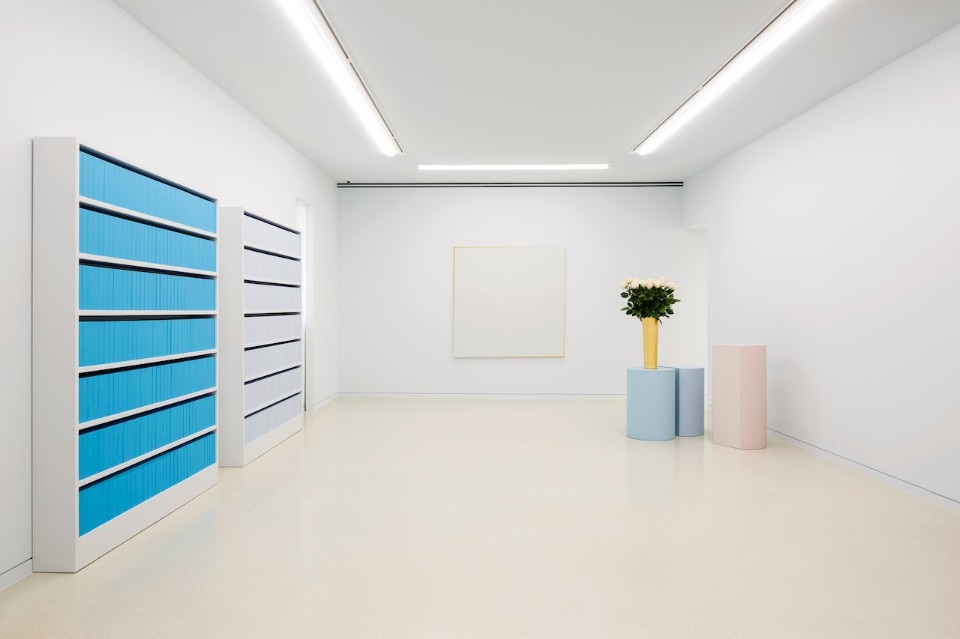
Ettore Spalletti
Vista dell’esposizione di Ettore Spalletti Ombre d’azur, transparence, Nouveau Musée National de Monaco – Villa Paloma, 18.04-03.11.2019
Foto Werner Hannappel, VG-Bildkunst Bonn 2019
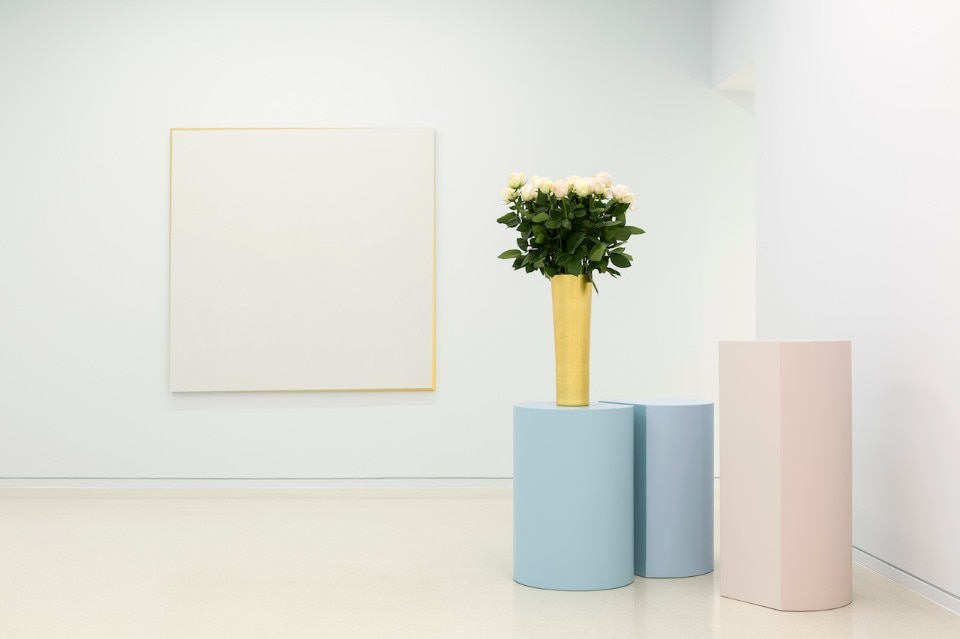
Ettore Spalletti
Vista dell’esposizione di Ettore Spalletti Ombre d’azur, transparence, Nouveau Musée National de Monaco – Villa Paloma, 18.04-03.11.2019
Foto Werner Hannappel, VG-Bildkunst Bonn 2019

Ettore Spalletti
Vista dell’esposizione di Ettore Spalletti Ombre d’azur, transparence, Nouveau Musée National de Monaco – Villa Paloma, 18.04-03.11.2019
Foto Werner Hannappel, VG-Bildkunst Bonn 2019

Ettore Spalletti
Vista dell’esposizione di Ettore Spalletti Ombre d’azur, transparence, Nouveau Musée National de Monaco – Villa Paloma, 18.04-03.11.2019
Foto Werner Hannappel, VG-Bildkunst Bonn 2019

Ettore Spalletti
Vista dell’esposizione di Ettore Spalletti Ombre d’azur, transparence, Nouveau Musée National de Monaco – Villa Paloma, 18.04-03.11.2019
Foto Werner Hannappel, VG-Bildkunst Bonn 2019

Ettore Spalletti
Vista dell’esposizione di Ettore Spalletti Ombre d’azur, transparence, Nouveau Musée National de Monaco – Villa Paloma, 18.04-03.11.2019
Foto Werner Hannappel, VG-Bildkunst Bonn 2019

Ettore Spalletti
Vista dell’esposizione di Ettore Spalletti Ombre d’azur, transparence, Nouveau Musée National de Monaco – Villa Paloma, 18.04-03.11.2019
Foto Werner Hannappel, VG-Bildkunst Bonn 2019

Ettore Spalletti
Vista dell’esposizione di Ettore Spalletti Ombre d’azur, transparence, Nouveau Musée National de Monaco – Villa Paloma, 18.04-03.11.2019
Foto Werner Hannappel, VG-Bildkunst Bonn 2019

Ettore Spalletti
Vista dell’esposizione di Ettore Spalletti Ombre d’azur, transparence, Nouveau Musée National de Monaco – Villa Paloma, 18.04-03.11.2019
Foto Werner Hannappel, VG-Bildkunst Bonn 2019

Ettore Spalletti
Vista dell’esposizione di Ettore Spalletti Ombre d’azur, transparence, Nouveau Musée National de Monaco – Villa Paloma, 18.04-03.11.2019
Foto Werner Hannappel, VG-Bildkunst Bonn 2019

Ettore Spalletti
Vista dell’esposizione di Ettore Spalletti Ombre d’azur, transparence, Nouveau Musée National de Monaco – Villa Paloma, 18.04-03.11.2019
Foto Werner Hannappel, VG-Bildkunst Bonn 2019

Ettore Spalletti
Vista dell’esposizione di Ettore Spalletti Ombre d’azur, transparence, Nouveau Musée National de Monaco – Villa Paloma, 18.04-03.11.2019
Foto Werner Hannappel, VG-Bildkunst Bonn 2019

Ettore Spalletti
Vista dell’esposizione di Ettore Spalletti Ombre d’azur, transparence, Nouveau Musée National de Monaco – Villa Paloma, 18.04-03.11.2019
Foto Werner Hannappel, VG-Bildkunst Bonn 2019

Ettore Spalletti
Vista dell’esposizione di Ettore Spalletti Ombre d’azur, transparence, Nouveau Musée National de Monaco – Villa Paloma, 18.04-03.11.2019
Foto Werner Hannappel, VG-Bildkunst Bonn 2019

Ettore Spalletti
Vista dell’esposizione di Ettore Spalletti Ombre d’azur, transparence, Nouveau Musée National de Monaco – Villa Paloma, 18.04-03.11.2019
Foto Werner Hannappel, VG-Bildkunst Bonn 2019

Ettore Spalletti
Vista dell’esposizione di Ettore Spalletti Ombre d’azur, transparence, Nouveau Musée National de Monaco – Villa Paloma, 18.04-03.11.2019
Foto Werner Hannappel, VG-Bildkunst Bonn 2019

Ettore Spalletti
Vista dell’esposizione di Ettore Spalletti Ombre d’azur, transparence, Nouveau Musée National de Monaco – Villa Paloma, 18.04-03.11.2019
Foto Werner Hannappel, VG-Bildkunst Bonn 2019

Ettore Spalletti
Vista dell’esposizione di Ettore Spalletti Ombre d’azur, transparence, Nouveau Musée National de Monaco – Villa Paloma, 18.04-03.11.2019
Foto Werner Hannappel, VG-Bildkunst Bonn 2019

Ettore Spalletti
Vista dell’esposizione di Ettore Spalletti Ombre d’azur, transparence, Nouveau Musée National de Monaco – Villa Paloma, 18.04-03.11.2019
Foto Werner Hannappel, VG-Bildkunst Bonn 2019
Villa Paloma is a museum site that is simple, yet very elegant. What contribution has design made to this aspect, and what exactly were the requirements in the mandate for the hall designed by Studio Quetzal?
I think that it is as important to place as much attention on these aspects as on graphics and design. Here at the museum I always try as much as possible to understand the various situations. I observe how activities take place in the various spaces, and then ask the designers to step in. It is a case of understanding that in a museum, every item, from supports to furnishing, is part of the artistic presence, and that every daily activity, even changing the flowers, is a form of creative stimulus. Studio Quetzal had the task of creating a space for young people, in order to be able to work with them in small groups and carry out creative activities during school visits.
Through your work in museums, you have always been a true promoter of spacial actions and interventions. What is the origin of this interest in involving designers in exhibition activities?
I think that it comes from my first job at the Musée di Grenoble with Maurice Besset, an art historian with a passion for architecture. At the museum of Grenoble designers were engaged for various purposes, from furnishings to graphics and so on. This is when I realised that the relationship between graphic design and architecture is extremely important. Through this work, one understands how to welcome the public, how to reflect on the idea of facilitating an approach to the museum. When one works in an institution every day, one understands certain aspects that are forgotten when preparing a project. But it is always important to find people who can render this process creative.
The relationship between graphic design and architecture is extremely important. Through this work, one understands how to welcome the public, how to reflect on the idea of facilitating an approach to the museum.
Then you went on to direct the Cartier Foundation, a forerunner in the development of the foundations linked to important fashion patrons that currently dominate the European contemporary art scene.
At the time it was based in Jouy-en-Josas, in the vicinity of Versailles. It was an extraordinary place; a small castle in a little village with a chalet where proposing things was very easy: signage in the park, a coat rack, carpets. We engaged designers and artists to work on entire sections of the building; sofas by Eric Jourdan, a small café by Pascal Mourgue and Yves Jardan, and even a fireplace by Jean-Pierre Raynaud.
1980s design played an important role in breaking down the contrast between high culture and low culture. The Starck generation played a key role in this, while the Sottsass style influenced the entire young French generation of the time. The exhibition Vivre en coleurs was a precise representation of this moment in French design.
Lastly, I brought in Jean Nouvel, and I personally followed the construction of the building on Boulevard Raspail.
After Cartier came the experiences in the American Art Centre in Paris with Frank O. Ghery and the Mudam in Luxembourg with Ieoh M. Pei.
It was wonderful to work with Pei and Nouvel. The situation with Frank O. Ghery at the American Art Center was much more complicated because the project was already at a very advanced stage when I came in. The situation in the historical district of Bercy was complicated. I remember discussions with the property managers who wanted the building to run parallel to the road, which was an error from the outset, as it hindered the creation of a more complex building.
With Pei at the Mudam I made a significant contribution to the furnishings. There were things that were hard to use because they were not very adaptable. I have obviously always loved what I did in Luxembourg, which is basically what I have always done: “be the artists’ guest” For me, being the artists’ guest means that it is the artist who chooses from their collection and presents their work together with others, who shows their work themselves. This really comes through with the Ettore Spalletti exhibition. The Italian artist loved the architecture of Villa Paloma and really worked with the location to set up the rooms and set out his works.
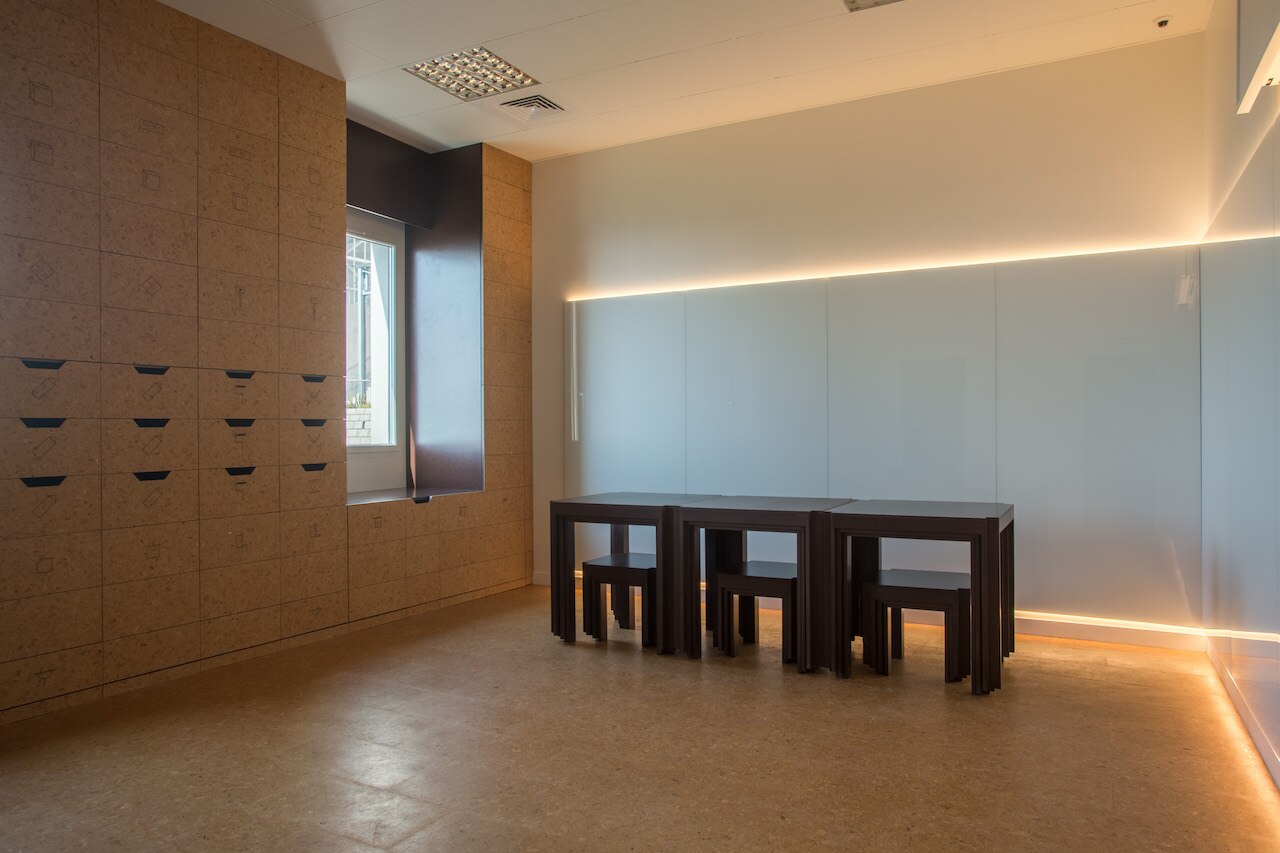
 View gallery
View gallery
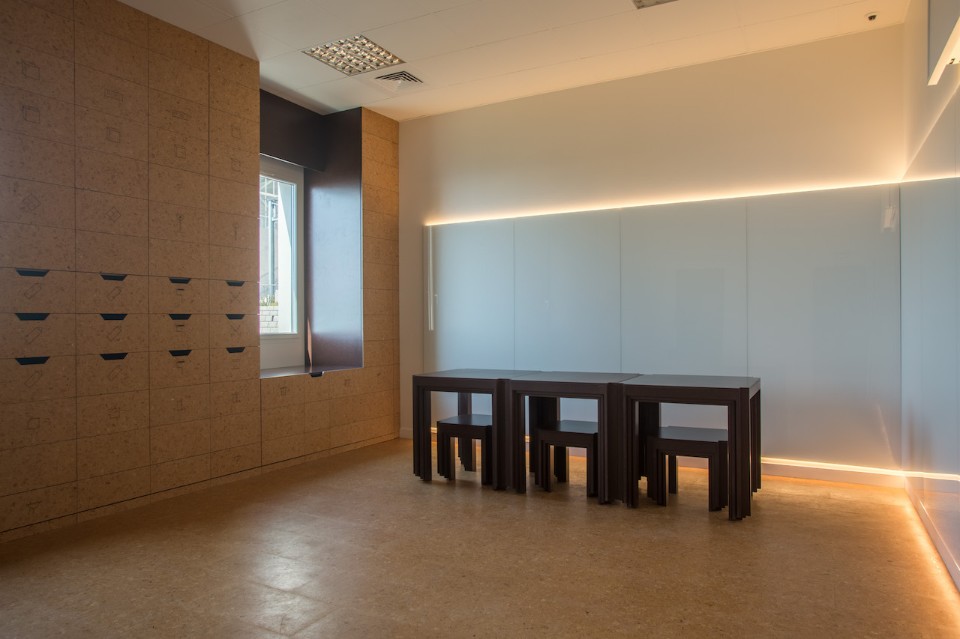
Quetzal Studio
Le Studio, 2019 aula didattica ideata da Quetzal Studio per il NMNM – Villa Paloma
Foto Eleonora Strano
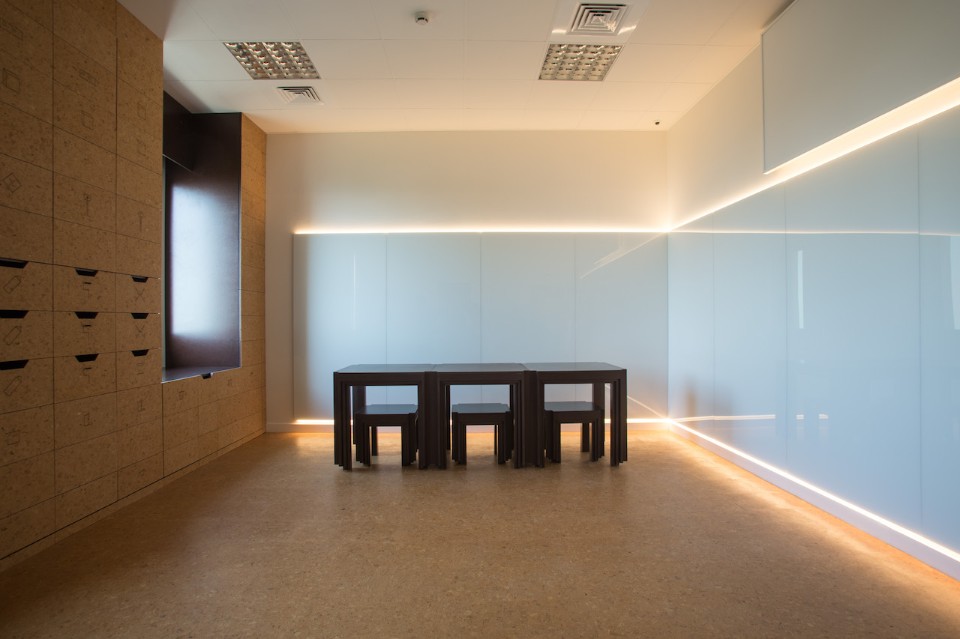
Quetzal Studio
Le Studio, 2019 aula didattica ideata da Quetzal Studio per il NMNM – Villa Paloma
Foto Eleonora Strano
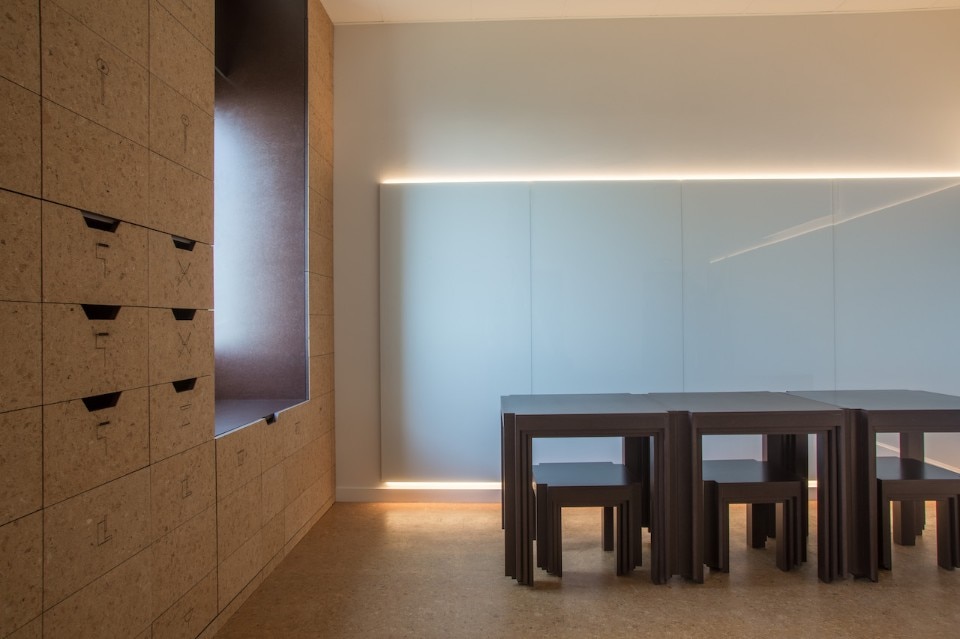
Quetzal Studio
Le Studio, 2019 aula didattica ideata da Quetzal Studio per il NMNM – Villa Paloma
Foto Eleonora Strano
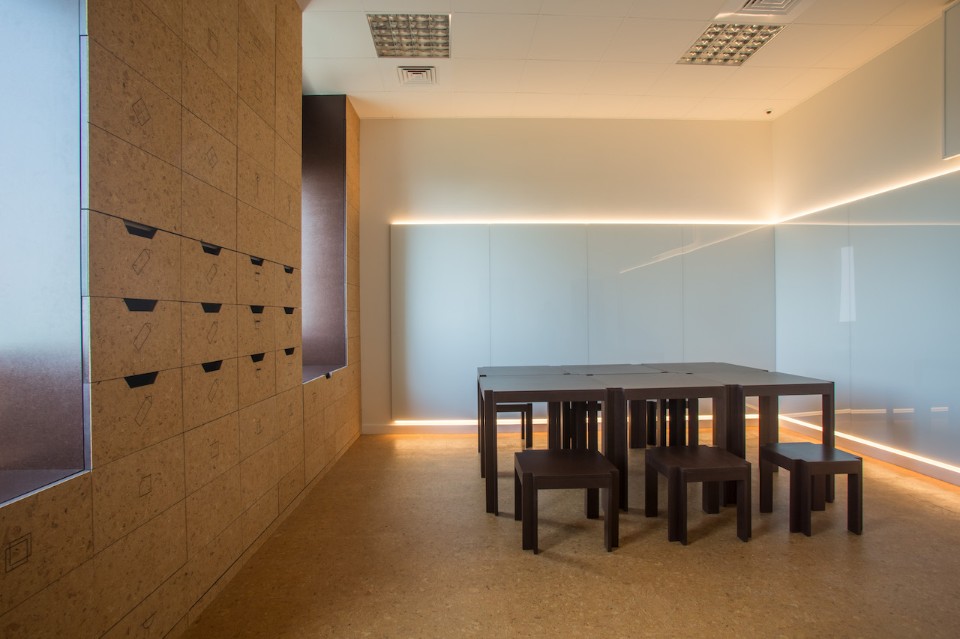
Quetzal Studio
Le Studio, 2019 aula didattica ideata da Quetzal Studio per il NMNM – Villa Paloma
Foto Eleonora Strano

Quetzal Studio
Le Studio, 2019 aula didattica ideata da Quetzal Studio per il NMNM – Villa Paloma
Foto Eleonora Strano
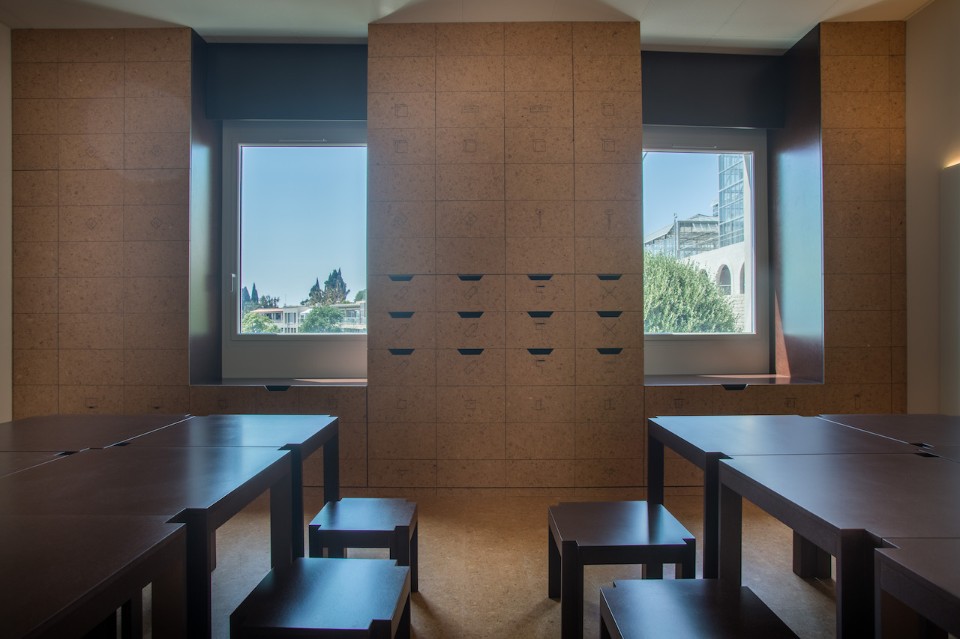
Quetzal Studio
Le Studio, 2019 aula didattica ideata da Quetzal Studio per il NMNM – Villa Paloma
Foto Eleonora Strano
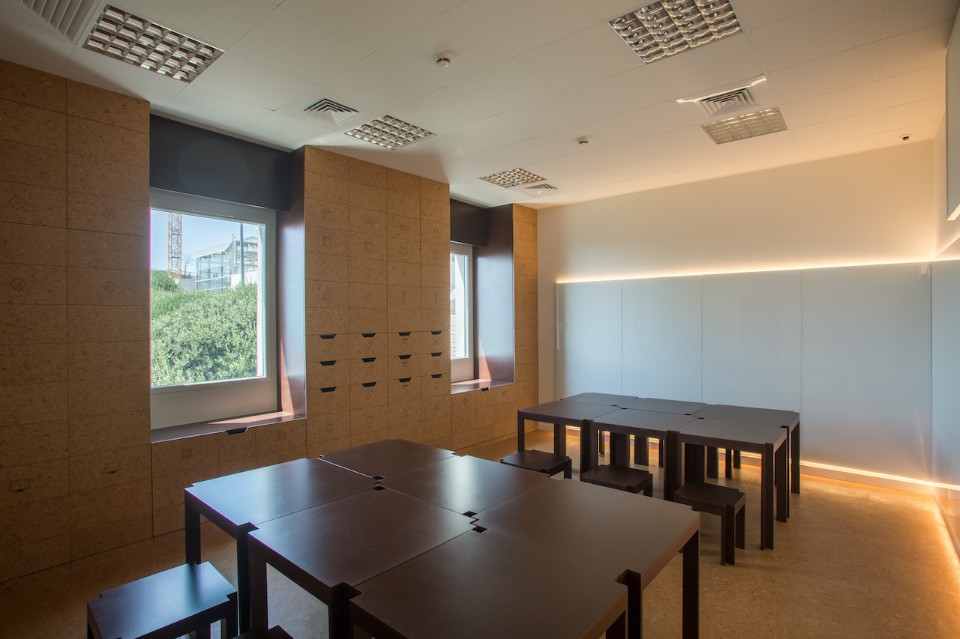
Quetzal Studio
Le Studio, 2019 aula didattica ideata da Quetzal Studio per il NMNM – Villa Paloma
Foto Eleonora Strano
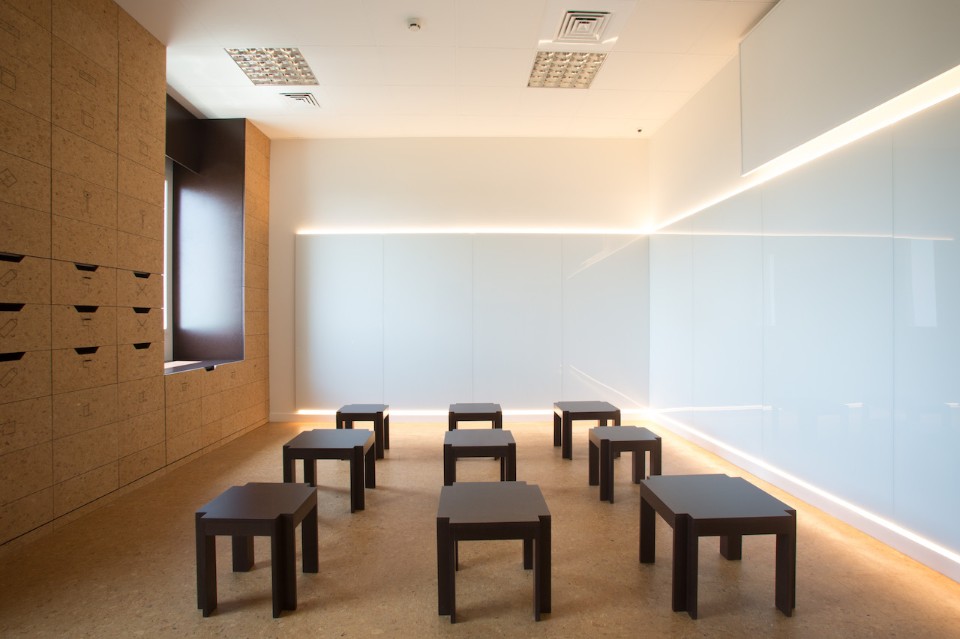
Quetzal Studio
Le Studio, 2019 aula didattica ideata da Quetzal Studio per il NMNM – Villa Paloma
Foto Eleonora Strano
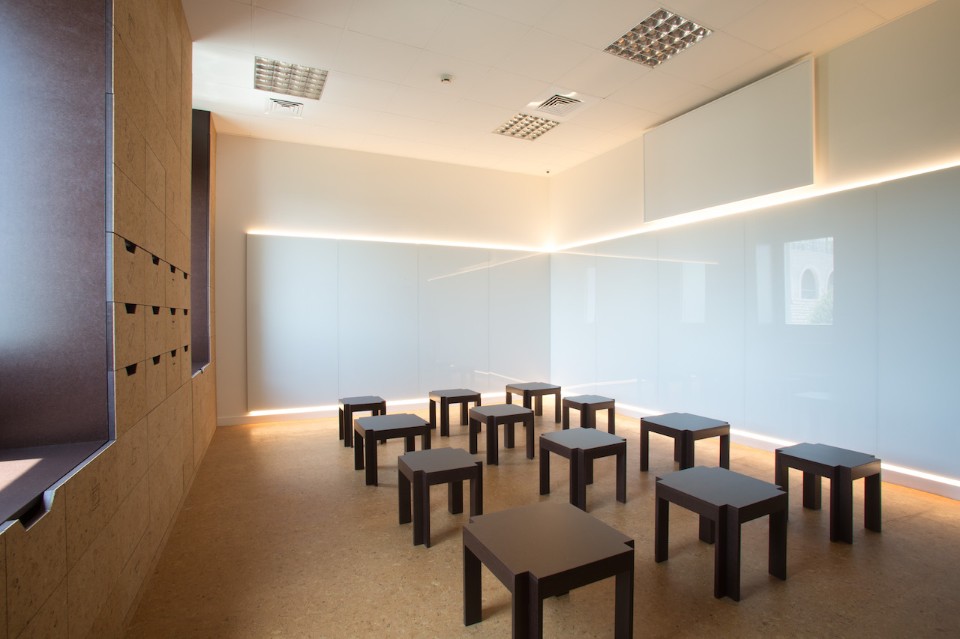
Quetzal Studio
Le Studio, 2019 aula didattica ideata da Quetzal Studio per il NMNM – Villa Paloma
Foto Eleonora Strano
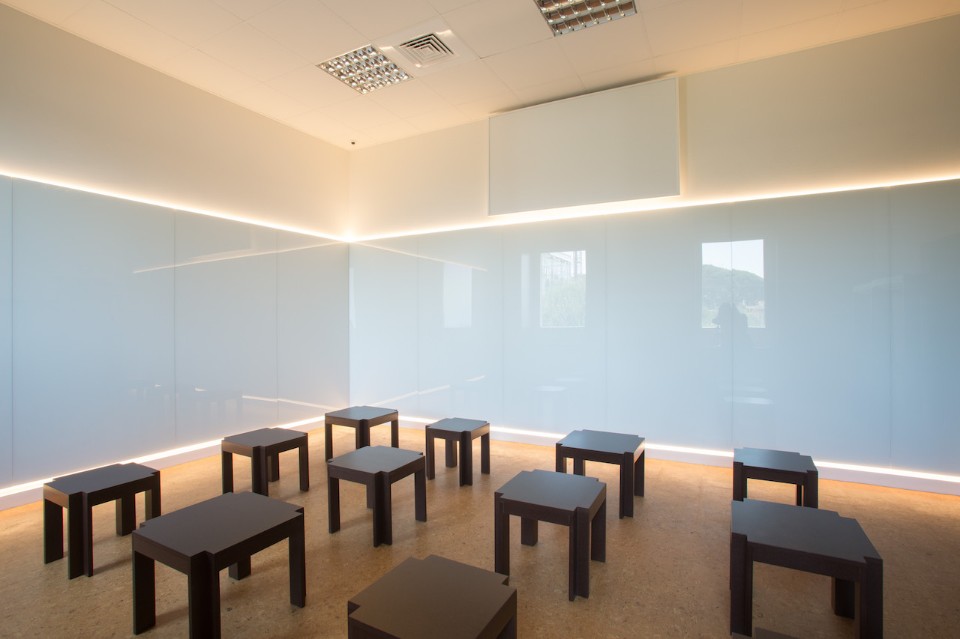
Quetzal Studio
Le Studio, 2019 aula didattica ideata da Quetzal Studio per il NMNM – Villa Paloma
Foto Eleonora Strano
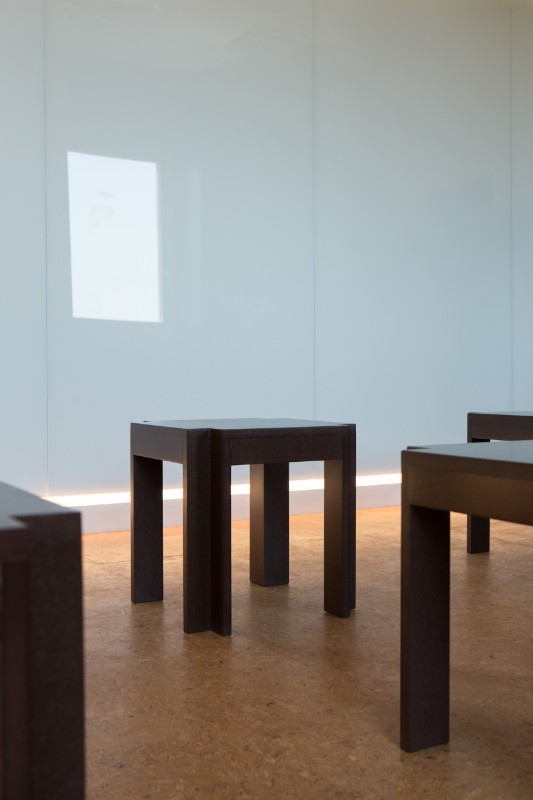
Quetzal Studio
Le Studio, 2019 aula didattica ideata da Quetzal Studio per il NMNM – Villa Paloma
Foto Eleonora Strano
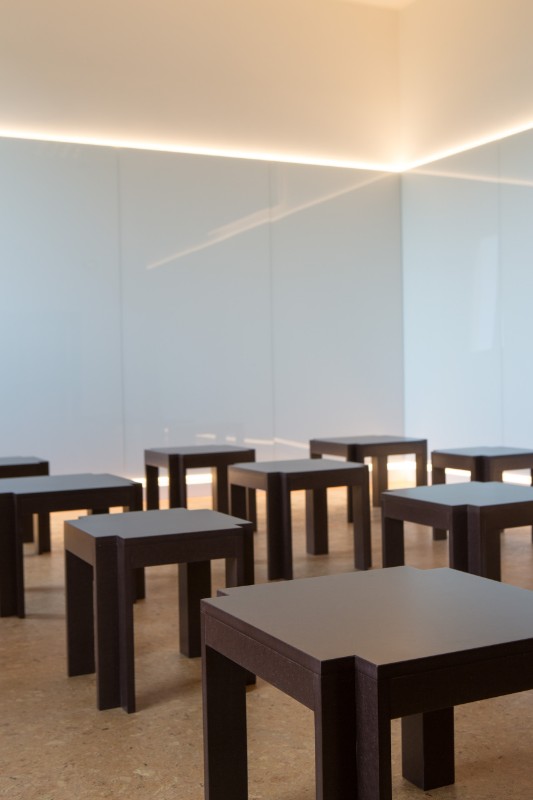
Quetzal Studio
Le Studio, 2019 aula didattica ideata da Quetzal Studio per il NMNM – Villa Paloma
Foto Eleonora Strano
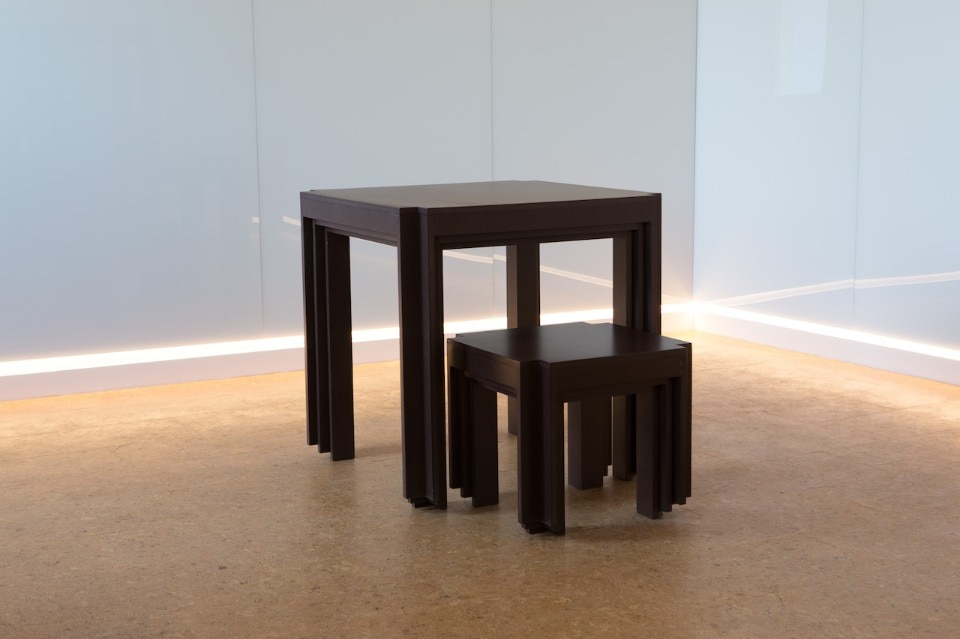
Quetzal Studio
Le Studio, 2019 aula didattica ideata da Quetzal Studio per il NMNM – Villa Paloma
Foto Eleonora Strano
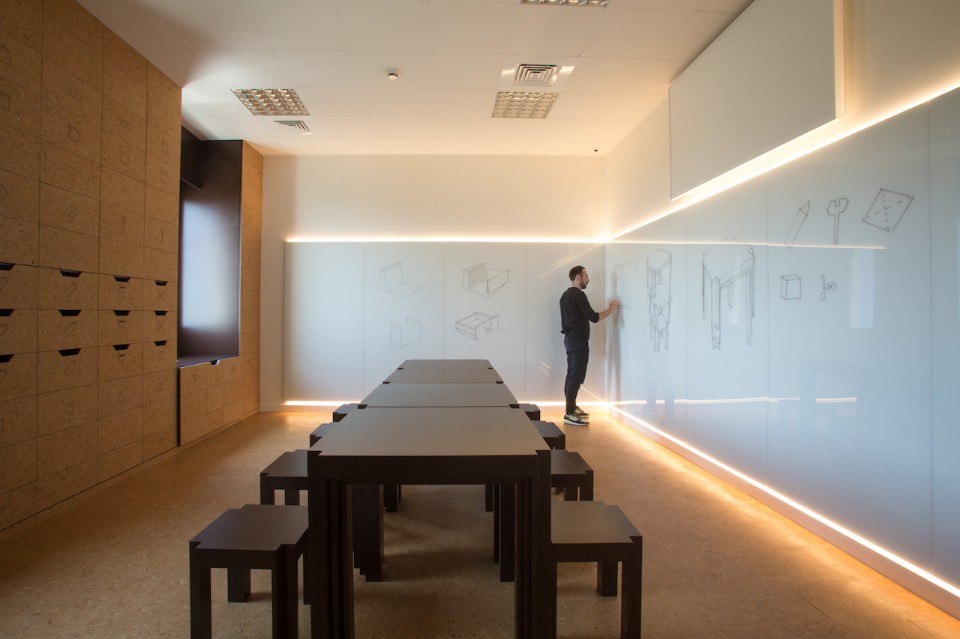
Quetzal Studio
Le Studio, 2019 aula didattica ideata da Quetzal Studio per il NMNM – Villa Paloma
Foto Eleonora Strano
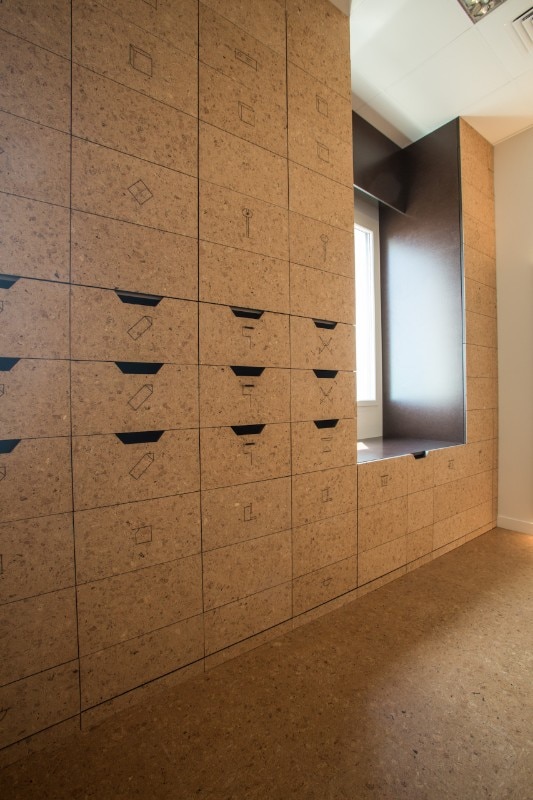
Quetzal Studio
Le Studio, 2019 aula didattica ideata da Quetzal Studio per il NMNM – Villa Paloma
Foto Eleonora Strano

Quetzal Studio
Le Studio, 2019 aula didattica ideata da Quetzal Studio per il NMNM – Villa Paloma
Foto Eleonora Strano
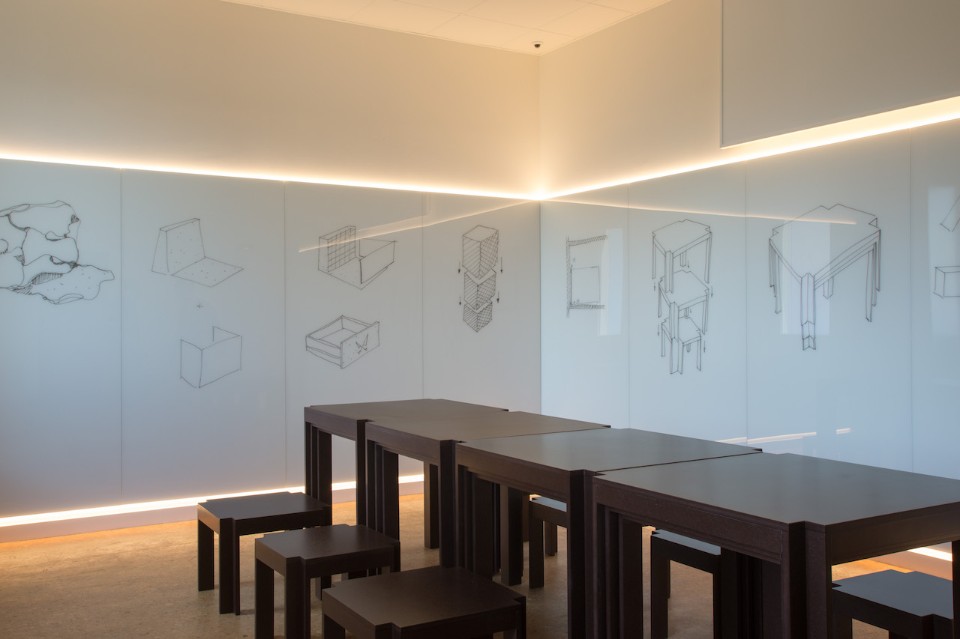
Quetzal Studio
Le Studio, 2019 aula didattica ideata da Quetzal Studio per il NMNM – Villa Paloma
Foto Eleonora Strano
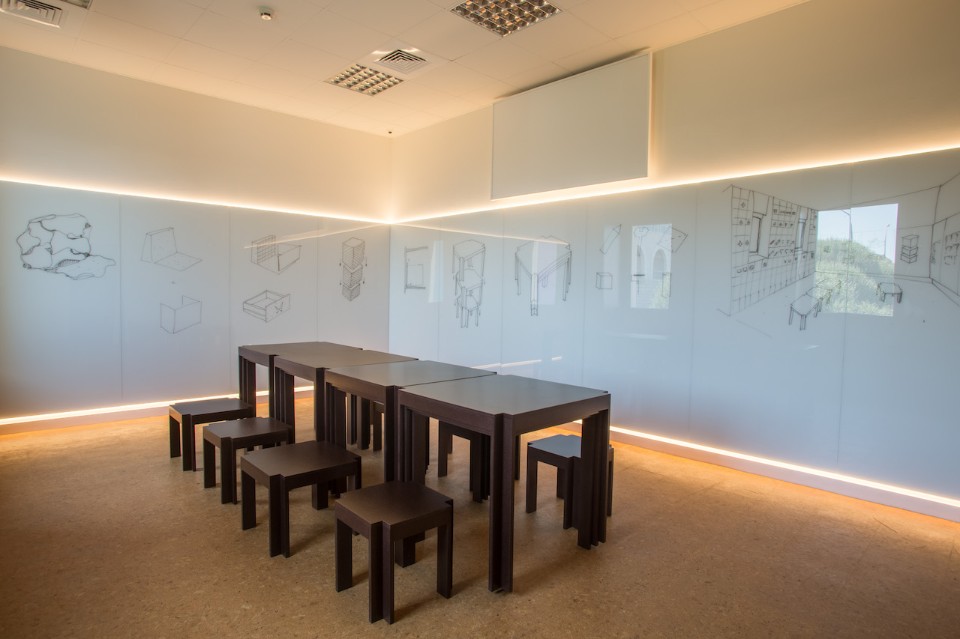
Quetzal Studio
Le Studio, 2019 aula didattica ideata da Quetzal Studio per il NMNM – Villa Paloma
Foto Eleonora Strano
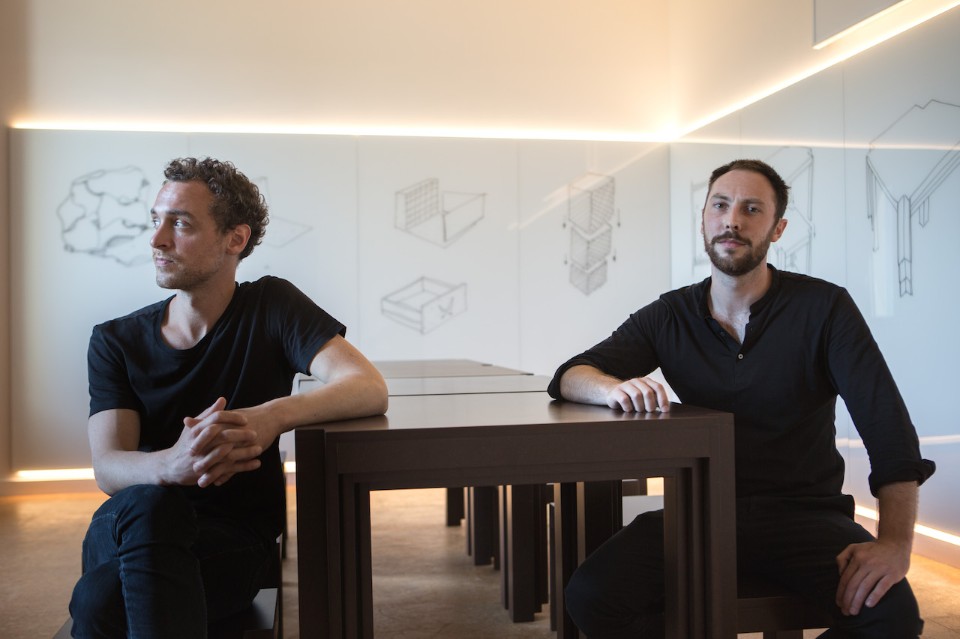
Quetzal Studio
Le Studio, 2019 aula didattica ideata da Quetzal Studio per il NMNM – Villa Paloma
Foto Eleonora Strano

Quetzal Studio
Le Studio, 2019 aula didattica ideata da Quetzal Studio per il NMNM – Villa Paloma
Foto Eleonora Strano

Quetzal Studio
Le Studio, 2019 aula didattica ideata da Quetzal Studio per il NMNM – Villa Paloma
Foto Eleonora Strano

Quetzal Studio
Le Studio, 2019 aula didattica ideata da Quetzal Studio per il NMNM – Villa Paloma
Foto Eleonora Strano

Quetzal Studio
Le Studio, 2019 aula didattica ideata da Quetzal Studio per il NMNM – Villa Paloma
Foto Eleonora Strano

Quetzal Studio
Le Studio, 2019 aula didattica ideata da Quetzal Studio per il NMNM – Villa Paloma
Foto Eleonora Strano

Quetzal Studio
Le Studio, 2019 aula didattica ideata da Quetzal Studio per il NMNM – Villa Paloma
Foto Eleonora Strano

Quetzal Studio
Le Studio, 2019 aula didattica ideata da Quetzal Studio per il NMNM – Villa Paloma
Foto Eleonora Strano

Quetzal Studio
Le Studio, 2019 aula didattica ideata da Quetzal Studio per il NMNM – Villa Paloma
Foto Eleonora Strano

Quetzal Studio
Le Studio, 2019 aula didattica ideata da Quetzal Studio per il NMNM – Villa Paloma
Foto Eleonora Strano

Quetzal Studio
Le Studio, 2019 aula didattica ideata da Quetzal Studio per il NMNM – Villa Paloma
Foto Eleonora Strano

Quetzal Studio
Le Studio, 2019 aula didattica ideata da Quetzal Studio per il NMNM – Villa Paloma
Foto Eleonora Strano

Quetzal Studio
Le Studio, 2019 aula didattica ideata da Quetzal Studio per il NMNM – Villa Paloma
Foto Eleonora Strano

Quetzal Studio
Le Studio, 2019 aula didattica ideata da Quetzal Studio per il NMNM – Villa Paloma
Foto Eleonora Strano

Quetzal Studio
Le Studio, 2019 aula didattica ideata da Quetzal Studio per il NMNM – Villa Paloma
Foto Eleonora Strano

Quetzal Studio
Le Studio, 2019 aula didattica ideata da Quetzal Studio per il NMNM – Villa Paloma
Foto Eleonora Strano

Quetzal Studio
Le Studio, 2019 aula didattica ideata da Quetzal Studio per il NMNM – Villa Paloma
Foto Eleonora Strano

Quetzal Studio
Le Studio, 2019 aula didattica ideata da Quetzal Studio per il NMNM – Villa Paloma
Foto Eleonora Strano

Quetzal Studio
Le Studio, 2019 aula didattica ideata da Quetzal Studio per il NMNM – Villa Paloma
Foto Eleonora Strano

Quetzal Studio
Le Studio, 2019 aula didattica ideata da Quetzal Studio per il NMNM – Villa Paloma
Foto Eleonora Strano
Nouvel, Pei, Ghery, the only one missing from the great museum architects is Renzo Piano…
As you know, there is a project under way for the renovation of the promenade in the centre of Monte Carlo. Villa Sauber, the other location for our museum, is located right here, and consequentially has been involved in the proposals put forward by the Italian architect. The project was supposed to begin in June of this year, but in the meantime Cristiano Raimondi, curator and director of international projects and development, managed to convince the Italian collector Fabrizio Moretti to show a part of his extraordinary collection at Villa Sauber.
Consequentially, the works should be announced for next year. Villa Sabuer has accessibility problems, and it is also a fragile building, so it therefore needs to be consolidated. Piano has intelligently found a connection between the street and the building, gaining space in the garden while conserving the terraces. It is in any case an essential change, because we have a rather interesting collection. We have the archives of the Ballet Russe de Monte Carlo.
The Bosio School of Art in Monte Carlo is specialised in scenography, and we sometimes hold apprenticeships with its students. We also work with Michael Marot’s Villa Arson in Nice and we have collaborated with the School of Architecture in Genoa. I carry forward this activity regarding design in the board of directors of Villa Noailles in Hyères. It was the context of annual awards that led me to discovering Studio Quetzal and their now constant collaboration with us. They had been awarded at the Festival Design Parade and I then called on them to work for the museum, first creating my office and now the new hall.
It appears that you are also creating a network of collaborations with institutions on the French Riviera. How can this have an influence in driving design?
Piano, Pei and Nouvel are people with a sense for detail. They chose a detail such as a door handle with precision, at the same time applying both practical and aesthetic sense. This behaviour needs to be cultivated and constructed through the promotion of young designers. It is all about providing young designers with opportunities and allowing them to meet.
Toulon is creating an interesting dynamic. They have signed a three-year agreement with the Centre Pompidou to have an exhibition every summer at the Cercle Naval, which is a wonderful location. India Mahdavi was responsible for the first set-up, with a solution that created a bridge with the history of the city. With all the collections available in the area, it could become a really interesting venue.
Then there are private figures interested in working with the young designers. Their proposing of names and their continuing work on these themes is very important. For example, Silvia Fiorucci Roman’s Società delle Api in Grasse has called on Studio Quetzal and other young designers to work on the spaces in the residence halls.
Opening image: Exhibition view, "Ettore Spalletti, Ombre d’azur, transparence"; Commissaire: Cristiano Raimondi; Nouveau Musée National de Monaco – Villa Paloma – 18.04-.03.11.2019. Photo Werner Hannappel, VG-Bildkunst Bonn 2019


